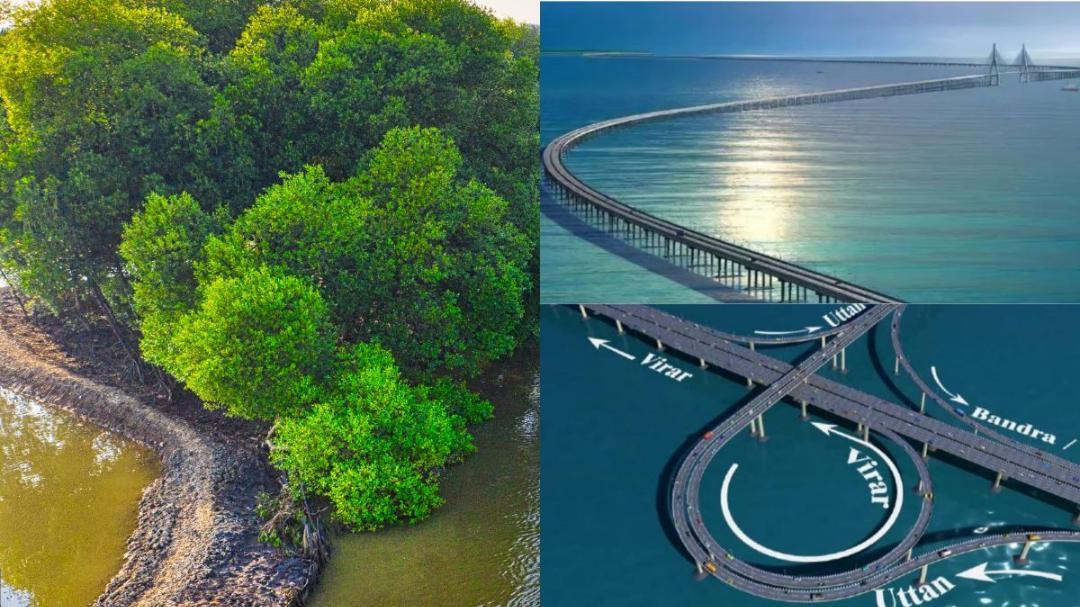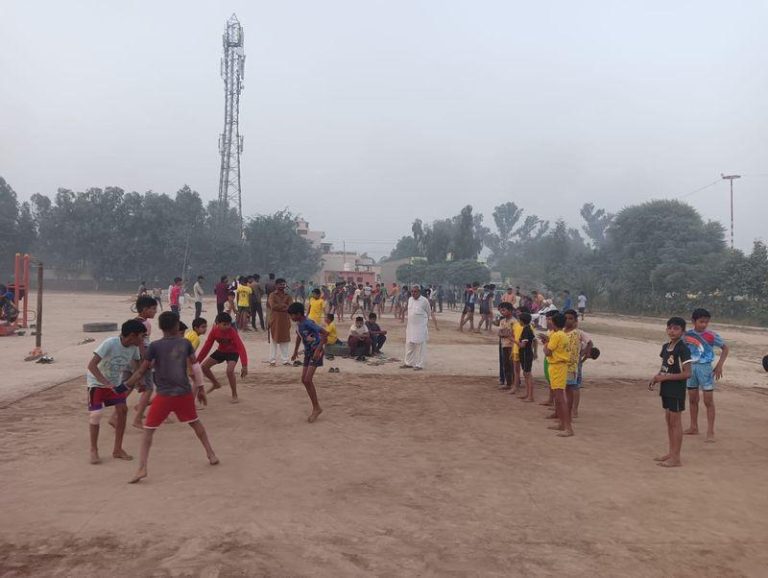
Uttan-Virar Sea Link gets nod, impacting 17.89 hectares green land
The Maharashtra Coastal Zone Management Authority (MCZMA) has given its green signal to the Uttan-Virar sea link project, a move aimed at improving connectivity to the Vadhavan port. The project, which has been in the pipeline for quite some time, is expected to ease traffic congestion on the existing roads and boost economic growth in the region. However, the approval comes with a significant environmental cost, as the project will affect 17.89 hectares of green land, including mangroves and reserved forest in the Tungareshwar Wildlife Sanctuary.
The MCZMA, which is responsible for regulating and managing the coastal zone in the state, has approved the project subject to certain conditions. According to the approved proposal, the project will require the approval of the Union Ministry of Environment and Forests (MoEF) as well. The ministry’s nod is crucial as the project falls under the category of coastal zone development, which requires clearance from both the state and central authorities.
The Uttan-Virar sea link project is a 5.6-kilometer-long cable-stayed bridge that will connect the town of Uttan in Thane district to Virar in Palghar district. The project is expected to reduce travel time between the two locations by up to 30 minutes, making it an attractive option for commuters and businesses alike. The project is also expected to boost economic growth in the region by improving connectivity to the Vadhavan port, which is a major cargo handling facility in the country.
However, the project has its share of environmental concerns. The 17.89 hectares of green land that will be affected by the project include 15.39 hectares of mangroves and 2.5 hectares of reserved forest in the Tungareshwar Wildlife Sanctuary. Mangroves are critical ecosystems that provide habitat to a variety of flora and fauna, and their destruction can have far-reaching consequences for the environment. Similarly, reserved forests are protected areas that are home to a variety of endangered species, and their destruction can lead to loss of biodiversity.
The Tungareshwar Wildlife Sanctuary is a protected area that is home to a variety of endangered species, including the Indian leopards, sloth bears, and wolves. The sanctuary is also an important habitat for migratory birds, including flamingos, pelicans, and egrets. The destruction of mangroves and reserved forests in the sanctuary will not only harm the local ecosystem but also affect the global climate.
The MCZMA’s approval of the project has raised concerns among environmentalists and conservationists, who have been advocating for the protection of the Tungareshwar Wildlife Sanctuary. They argue that the project will not only harm the local ecosystem but also affect the global climate by destroying critical habitats. They are demanding that the project be scrapped or that alternative routes be explored that do not harm the environment.
The MMRDA, which is responsible for implementing the project, has assured that it will take all necessary measures to minimize the environmental impact of the project. The agency has promised to plant more trees than the number of trees that will be destroyed during the construction of the project. However, environmentalists are skeptical about the agency’s claims, citing past instances of environmental destruction caused by infrastructure projects.
The Uttan-Virar sea link project is the latest in a series of infrastructure projects that have been approved in the region in recent times. The Maharashtra government has been aggressively promoting infrastructure development in the region to boost economic growth and improve connectivity. However, the environmental costs of these projects are often overlooked, leading to concerns about the long-term sustainability of the region’s ecosystem.
In conclusion, the approval of the Uttan-Virar sea link project is a significant development that is expected to improve connectivity to the Vadhavan port. However, the project will have a significant environmental impact, affecting 17.89 hectares of green land, including mangroves and reserved forest in the Tungareshwar Wildlife Sanctuary. The Maharashtra government and the MMRDA must ensure that the project is implemented in a way that minimizes environmental harm and protects the region’s ecosystem for future generations.
Source:





